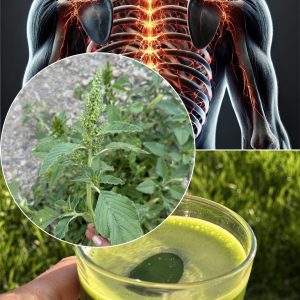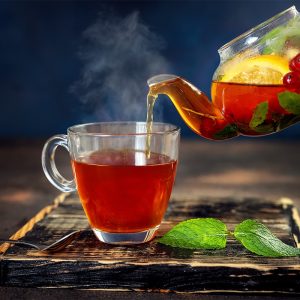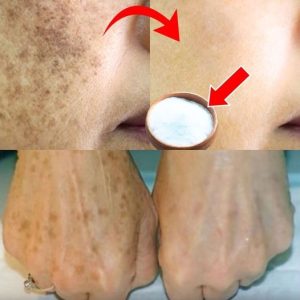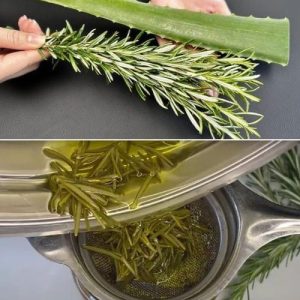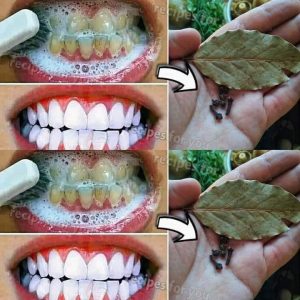Innovative Cheese Making: Turning Milk into Cheese without Vinegar or Citric Acid
watch video here :
https://www.youtube.com/watch?v=RxNSU5LcZMk
Cheese has long been a beloved culinary delight, cherished for its diverse flavors and textures. Traditionally, making cheese involves the use of acids like vinegar or citric acid to curdle milk, separating it into curds and whey. However, a recent breakthrough in cheese-making techniques has revolutionized this process, allowing for the creation of cheese without the need for these common acids.
Imagine being able to transform two liters of milk into a substantial kilogram of cheese without relying on vinegar or citric acid—this is now a reality thanks to innovative methods developed by modern food scientists and cheese enthusiasts.
The Science Behind It
The key to this breakthrough lies in harnessing natural enzymes and beneficial bacteria present in milk. These enzymes are responsible for the curdling process and can be activated and controlled under specific conditions. By carefully adjusting factors such as temperature, pH levels, and time, cheese-makers can encourage milk to naturally curdle and separate into curds and whey.
Step-by-Step Process
- Preparation: Start with high-quality milk, preferably fresh and pasteurized. Ensure all equipment is clean and sanitized to prevent unwanted bacterial contamination.
- Heating: Heat the milk gradually to a specific temperature range, typically between 30-40°C (86-104°F). This gentle heating helps activate the enzymes naturally present in the milk.
- Curdling: Introduce a culture of beneficial bacteria that aid in the fermentation process. These bacteria help lower the pH of the milk, creating an environment conducive to curdling.
- Coagulation: As the milk’s pH drops, curds begin to form. The enzymes naturally present in the milk facilitate this process, causing proteins to clump together and separate from the liquid whey.
- Cutting and Draining: Once the curds have formed, they are cut into smaller pieces to release more whey. The curds are then gently stirred and allowed to settle.
- Pressing and Aging: The curds are placed into molds and pressed to expel more whey. Depending on the type of cheese desired, the pressed curds may undergo further aging and fermentation to develop flavor and texture.
Benefits of Acid-Free Cheese Making
- Natural Flavor: By avoiding the use of acids like vinegar or citric acid, the cheese retains a purer, more natural flavor profile, allowing the nuances of the milk and fermentation process to shine through.
- Health Considerations: Acid-free cheese-making methods may appeal to individuals with dietary sensitivities or preferences, as they eliminate additional additives commonly found in traditional cheese-making processes.
- Environmental Impact: These methods can potentially reduce the environmental footprint associated with cheese production by minimizing the use of external additives and chemicals.
Conclusion
The innovation of creating cheese without vinegar or citric acid marks a significant advancement in the culinary arts. It showcases the power of understanding natural processes and leveraging them to create high-quality, flavorful cheese from basic ingredients like milk and beneficial bacteria. Whether you’re a cheese enthusiast or simply curious about the evolving landscape of food production, this method opens new doors to explore and enjoy the art of cheese-making.
